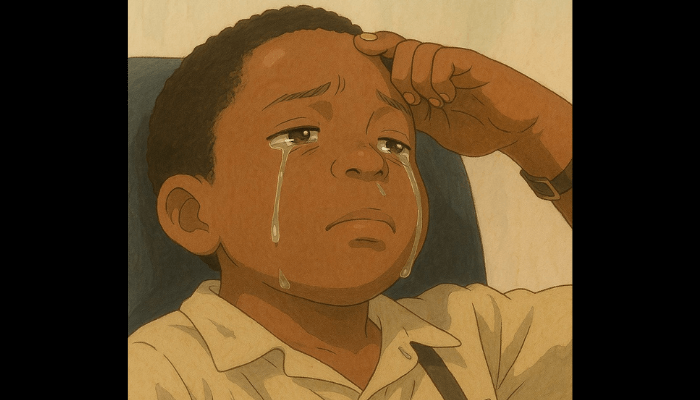Creating art once required time, skill, and an artist’s touch. Today, anyone can leverage ChatGPT’s latest image-generation update to instantly create and modify images within the chatbot.
Previously, users relied on DALL·E to generate images, either through a separate platform or within ChatGPT. However, OpenAI has now integrated advanced image-generation capabilities directly into ChatGPT using GPT-4o.
The update will roll out across the Plus, pro, Team, and free subscription tiers of ChatGPT. According to OpenAI, this new update excels in accurately rendering text, following prompts, and utilising 4o’s inherent knowledge base and chat context. Users can now transform uploaded images or use them as visual inspiration.
“These capabilities make it easier to create exactly the image you envision, helping you communicate more effectively through visuals and advancing image generation into a practical tool with precision and power,” the company said in an announcement.
Since its launch, social media has been flooded with users sharing results from the model, praising its realism. Niyi Akinmolayan, Nollywood filmmaker, tweeted, “The new image gen on OpenAI… no weird airbrushing. Hands are perfect with veins… This is the biggest disruption generative AI.”
Tech enthusiasts are already discussing the broader implications. Twitter user @balajis noted that the update could revolutionise how filters, online ads, and meme creation work, as much of the ad unit workflow can now be automated.
Read also: Top 7 countries that use ChatGPT the most
Another user, @gregisenberg, wrote, “I’ve spent the last 24 hours with ChatGPT 4o images, and it’s clear we’ve entered a new reality: Execution is cheap, ideas are everything.”
According to him, AI now allows people to turn concepts into reality with ease. “When anyone can execute at 90 percent perfection with the right prompts, the limiting factor becomes the quality of your ideas. The creative direction. The strategic insight. The unique perspective.”
He added that companies are shifting resources from production to ideation. “Less time pushing pixels, more time exploring concepts. They’re running 20-30 creative directions where they used to do 2-3, because the cost of trying ideas has collapsed,” he stated.
While excitement is high, there is also scepticism about what this means for artists and designers. However, Akinmolayan believes they have nothing to fear.
“Subscribe for these AI products and stay ahead of your peers. It means you can take on more jobs. U might even be able to train an AI model to create in your style,” he wrote.
Despite the advancements, OpenAI acknowledges that its model still has limitations. “Our model isn’t perfect. We’re aware of multiple limitations at the moment, which we will work to address through model improvements after the initial launch,” the company stated.
ChatGPT’s image-generation update follows closely on the heels of Google’s experimental native image output for Gemini 2.0 Flash.
